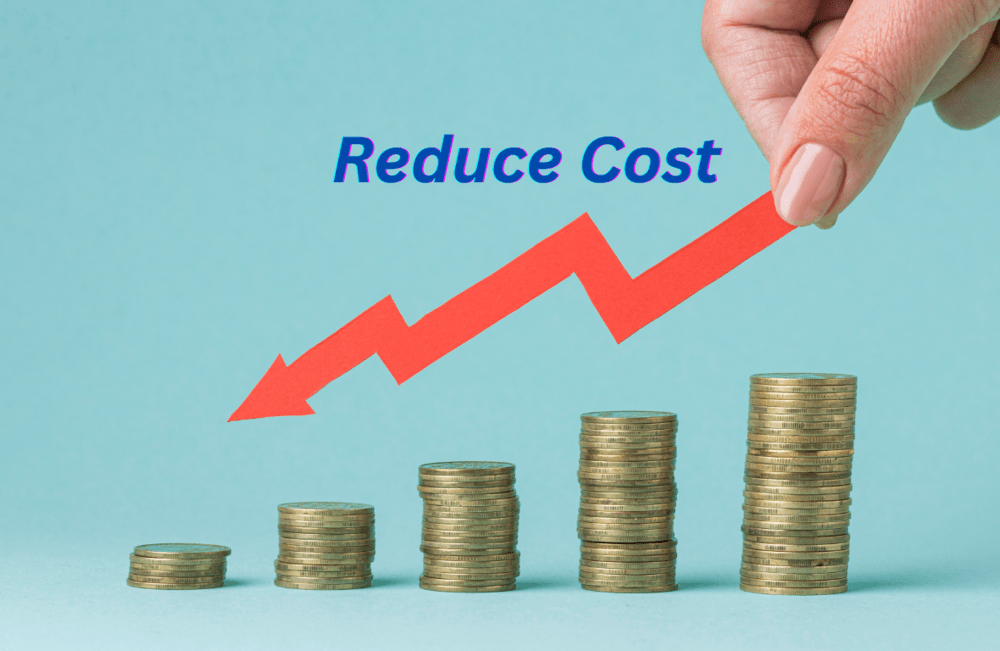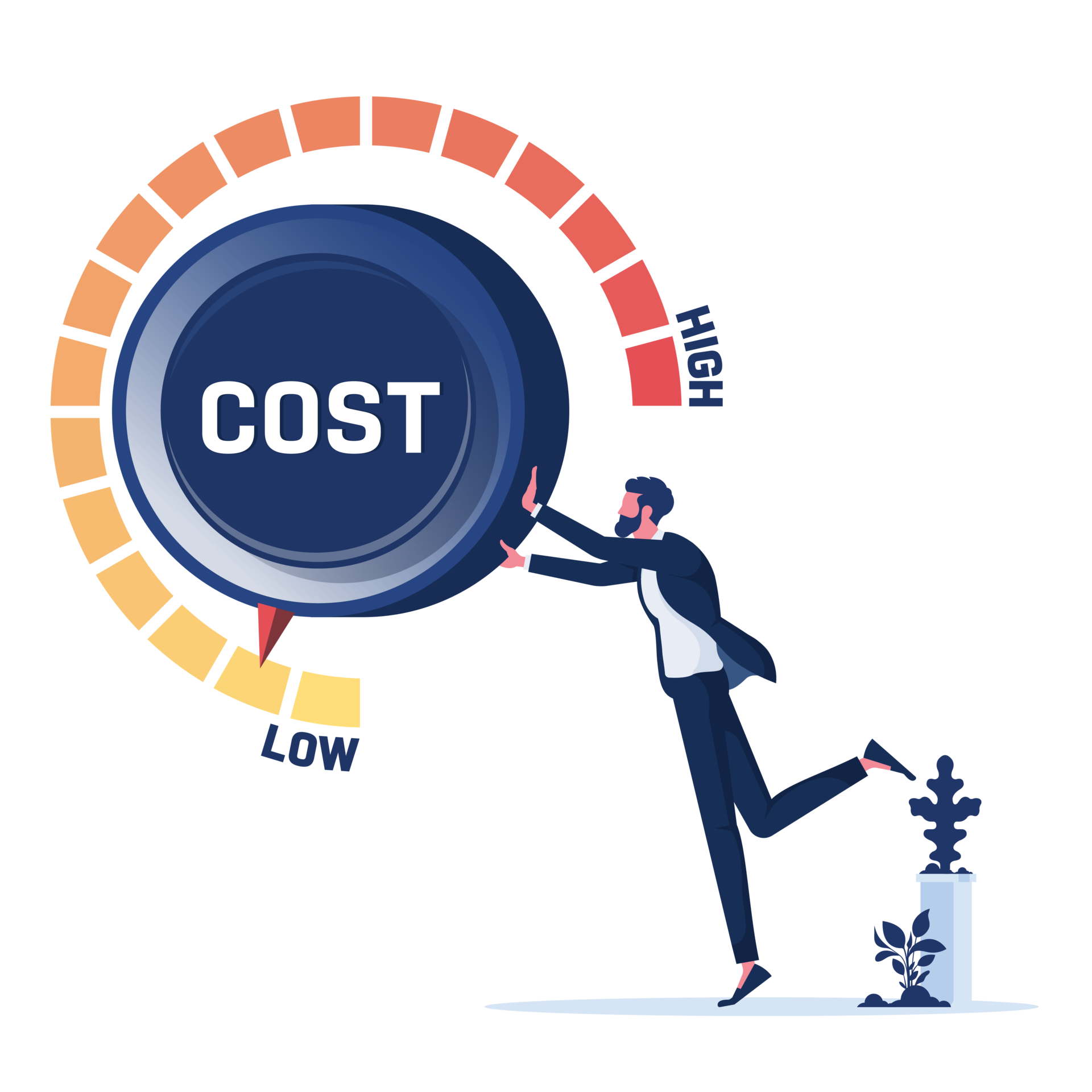Cost Of Ownership Car Brands: Unveiling the True Price Tag of Your Vehicle cars.truckstrend.com
The gleam of a new car, the thrill of a test drive, and the excitement of signing the paperwork – these are often the moments we focus on when acquiring a vehicle. But what about the quiet, persistent hum of expenses that follows you long after the initial purchase? This is where the concept of Cost of Ownership (CoO) becomes paramount. Far more than just the sticker price, CoO encompasses every dollar you spend on a vehicle from the moment you drive it off the lot until you sell or scrap it. Understanding the nuances of CoO, particularly how it varies across different car brands, is crucial for making a financially savvy decision that impacts your wallet for years to come.
In an era of rising inflation and economic uncertainty, a vehicle is often one of the largest investments a household makes. Overlooking the true cost can lead to unexpected financial strain, buyer’s remorse, and a significantly diminished budget for other life goals. This comprehensive guide will dissect the elements of CoO, explore why different car brands yield wildly different long-term expenses, and provide actionable insights to help you choose a vehicle that truly fits your financial reality.
Cost Of Ownership Car Brands: Unveiling the True Price Tag of Your Vehicle
Understanding the Components of Cost of Ownership
To accurately gauge a car’s CoO, one must look beyond the initial purchase price and consider a multitude of factors that contribute to its long-term expense. These include:
- Depreciation: This is often the single largest and most overlooked component of CoO. Depreciation is the difference between what you pay for a car and what you can sell it for later. New cars lose a significant portion of their value in the first few years (typically 15-20% in the first year alone). Brands with strong resale value depreciate slower, saving you money in the long run.
- Fuel Costs: Directly tied to a vehicle’s fuel efficiency (MPG or MPGe for electric vehicles) and the type of fuel it requires (regular gasoline, premium, diesel, electricity). Your daily commute and driving habits play a significant role here.
- Insurance Premiums: The cost of insuring your vehicle is influenced by the car’s make, model, safety ratings, repair costs, theft rates, and even the driver’s profile (age, driving record, location). Some brands are inherently more expensive to insure due to their performance capabilities or the cost of parts.
- Maintenance & Repairs: This category includes routine services (oil changes, tire rotations, brake pads, fluid checks) as well as unexpected repairs. The reliability of a brand, the cost of parts (OEM vs. aftermarket), and the labor rates at service centers can vary dramatically. Luxury and performance brands often have higher maintenance costs.
- Taxes & Fees: This covers sales tax (paid at purchase), annual registration fees, license plate fees, and potentially other local or state-specific taxes. These vary by location and the vehicle’s value or weight.
- Financing Costs: If you take out a loan to purchase the car, the interest paid over the loan term is a significant CoO factor. Lower interest rates and shorter loan terms reduce this cost.
- Tires: Tires wear out and need replacement. The cost depends on the tire size, type (all-season, performance), and brand. Some vehicles require specialized, more expensive tires.
- Miscellaneous Costs: This can include tolls, parking fees, car washes, detailing, and accessories purchased over the vehicle’s lifespan. While seemingly small, they add up.


Why Do Car Brands Differ in Cost of Ownership?
The variance in CoO across different car brands is not arbitrary; it stems from fundamental differences in their design, manufacturing, market positioning, and service ecosystems.
- Reliability and Durability: Brands renowned for their robust engineering and fewer mechanical issues (e.g., Toyota, Honda, Subaru) generally have lower repair costs. Less reliable brands might entice with a lower purchase price but hit you with hefty repair bills down the line.
- Parts Availability and Cost: German luxury brands (BMW, Mercedes-Benz, Audi) often use proprietary parts that are more expensive and may need to be imported, leading to higher repair costs. Conversely, brands with a large market share (e.g., Ford, Chevrolet) benefit from readily available, often cheaper, aftermarket parts.
- Labor Rates and Service Networks: Dealerships for premium brands typically charge higher labor rates. The density and accessibility of a brand’s service network can also impact convenience and competitive pricing.
- Resale Value and Brand Perception: Brands like Toyota, Honda, and Jeep consistently hold their value well due to their reputation for reliability, fuel efficiency, and broad appeal. Luxury brands can experience steeper initial depreciation, although some performance models or highly sought-after luxury SUVs can retain value better than others.
- Fuel Efficiency Commitment: Brands that prioritize and invest in advanced powertrain technologies (hybrids, EVs, efficient internal combustion engines) will inherently offer lower fuel costs.
- Insurance Risk Profiles: Car brands with higher theft rates, more powerful engines, or more expensive parts to repair after an accident will typically command higher insurance premiums.
![]()
How to Research and Compare Cost of Ownership
Making an informed decision requires proactive research. Here’s how to do it:
- Utilize Online Resources: Reputable automotive websites like Kelley Blue Book (KBB.com), Edmunds.com, ConsumerReports.org, and AAA offer detailed CoO estimates for various models. They often break down costs by category over a 5-year period.
- Focus on Specific Models and Trims: CoO can vary significantly even within the same brand. A base model sedan will likely have a lower CoO than a top-trim performance SUV from the same manufacturer.
- Consider Your Driving Habits: If you commute long distances, fuel efficiency becomes paramount. If you drive fewer miles, maintenance and depreciation might be bigger concerns.
- Get Real Insurance Quotes: Before purchasing, get actual insurance quotes for the specific make and model you’re considering. This is often an eye-opener.
- Consult Owner Forums and Mechanic Reviews: Current owners can provide invaluable real-world insights into common issues, repair costs, and maintenance schedules. Independent mechanics can offer perspectives on typical repair bills for various brands.
- Factor in Financing: Use online loan calculators to understand the total interest paid over the life of your loan. A slightly higher interest rate can add thousands to your CoO.
Tips for Minimizing Your Car’s Cost of Ownership
Once you understand the factors, you can take steps to reduce your overall CoO:
- Choose a Reliable Brand/Model: Research brands known for low maintenance and high durability.
- Buy Slightly Used (Certified Pre-Owned): Let someone else take the biggest depreciation hit. CPO vehicles often come with extended warranties, mitigating early repair risks.
- Maintain Your Vehicle Diligently: Stick to the manufacturer’s recommended maintenance schedule. Regular oil changes, tire rotations, and inspections can prevent minor issues from becoming costly repairs.
- Shop Around for Insurance: Get multiple quotes annually. Even with the same car, rates can vary significantly between providers.
- Drive Efficiently: Smooth acceleration, anticipating stops, and maintaining consistent speeds can significantly improve fuel economy.
- Consider Hybrids or EVs (where practical): While they might have a higher upfront cost, their lower fuel and maintenance expenses can lead to substantial CoO savings over time.
- Negotiate the Purchase Price: A lower purchase price directly reduces your depreciation cost.
Challenges and Considerations
While understanding CoO is vital, a few challenges can make it difficult to predict perfectly:
- Unpredictable Repairs: Even reliable cars can have unexpected breakdowns. Setting aside an emergency fund for car repairs is wise.
- Fluctuating Fuel Prices: Global events can cause fuel prices to spike, impacting your budget.
- Regional Variations: Insurance rates, labor costs, and even parts availability can vary by geographic location.
- Technological Advancements: The rapid evolution of automotive technology (e.g., ADAS systems, battery tech) can lead to more complex and expensive repairs in newer vehicles.
Comparative Cost of Ownership Factors: Illustrative Brands
This table provides a generalized overview of how different car brands tend to perform across key Cost of Ownership metrics. It is illustrative and actual costs will vary significantly based on specific model, year, trim, driving habits, location, and market conditions.
| Brand | Typical Market Segment | General Reliability Trend | Average Annual Maintenance Cost (Index) | Fuel Efficiency Tendency | Resale Value Tendency | Insurance Cost Tendency | Notes |
|---|---|---|---|---|---|---|---|
| Toyota | Mainstream | Excellent | Low (1) | Excellent | Very Strong | Low | Renowned for durability, high resale, affordable parts. |
| Honda | Mainstream | Excellent | Low (1.1) | Excellent | Strong | Low | Similar to Toyota, excellent engines, good reliability. |
| Subaru | Mainstream/Niche | Very Good | Medium (1.3) | Good (AWD penalty) | Very Strong | Medium | Boxer engines and AWD can mean slightly higher specific repairs. |
| Hyundai/Kia | Mainstream | Very Good | Low (1.2) | Good | Good | Medium | Significant quality improvements, long warranties help CoO. |
| Ford | Mainstream | Good | Medium (1.4) | Good | Medium | Medium | Parts widely available, but reliability can vary by model. |
| Chevrolet | Mainstream | Good | Medium (1.4) | Good | Medium | Medium | Similar to Ford, large dealer network, common parts. |
| Volkswagen | Mainstream/Near-Luxury | Good | Medium-High (1.6) | Good | Medium | Medium-High | Can have higher parts/labor costs than Asian counterparts. |
| BMW | Luxury/Performance | Good | High (2.5) | Good (Premium Fuel) | Medium | High | Complex engineering, specialized parts, higher labor rates. |
| Mercedes-Benz | Luxury/Performance | Good | High (2.8) | Good (Premium Fuel) | Medium | High | Similar to BMW, very expensive repairs, advanced tech. |
| Tesla | Luxury/EV | Mixed | Very Low (EV) | Excellent (Electricity) | Very Strong | High | Minimal routine maintenance, but body work/battery replacement are costly. |
| Land Rover | Luxury/SUV | Below Average | Very High (3.5+) | Average (Premium Fuel) | Medium | Very High | Known for high repair frequency and extremely expensive parts/labor. |
Index: 1 = Lowest, 5 = Highest. Higher numbers indicate higher average costs within that category for the brand.
Frequently Asked Questions (FAQ) about Cost of Ownership Car Brands
Q1: Is Cost of Ownership the same as the purchase price?
A1: Absolutely not. The purchase price is just one component of CoO. CoO includes all expenses incurred over the vehicle’s lifespan, such as fuel, insurance, maintenance, repairs, taxes, and depreciation, which are often far greater than the initial price.
Q2: Which car brand generally has the lowest Cost of Ownership?
A2: Brands like Toyota and Honda consistently rank among the lowest CoO due to their exceptional reliability, strong resale values, excellent fuel economy, and relatively affordable maintenance and parts. Subaru also performs very well, particularly in resale value.
Q3: How long should I keep a car to minimize its Cost of Ownership?
A3: The "sweet spot" often occurs between 5 to 10 years. Cars depreciate fastest in the first 3-5 years. After 5 years, depreciation slows, but maintenance costs might start to rise as components age. Keeping a reliable car for 7-10 years can often offer the best balance, assuming it’s well-maintained.
Q4: Does an Electric Vehicle (EV) have a lower Cost of Ownership than a gasoline car?
A4: Generally, yes. EVs typically have lower "fuel" costs (electricity is often cheaper than gasoline) and significantly lower maintenance costs due to fewer moving parts (no oil changes, spark plugs, etc.). However, their upfront purchase price can be higher, and potential battery replacement costs (though rare) are a long-term consideration. Depreciation on EVs can also be variable.
Q5: How often should I check Cost of Ownership estimates?
A5: It’s wise to review CoO estimates whenever you are considering purchasing a new or used vehicle. If you already own a car, you can periodically review your actual expenses (fuel, insurance, maintenance) to get a real-time understanding of your current vehicle’s CoO.
Conclusion: Driving Smart, Saving More
The initial allure of a vehicle can be powerful, but the true financial impact unfolds over years of ownership. By meticulously evaluating the Cost of Ownership across various car brands, consumers can make informed decisions that align with their long-term financial goals. Moving beyond the sticker price to embrace a holistic view of automotive expenses empowers you to select a vehicle that not only meets your needs and desires but also contributes positively to your financial well-being. Remember, the cheapest car to buy isn’t always the cheapest car to own. A smart purchase today can lead to significant savings and peace of mind for years to come.

